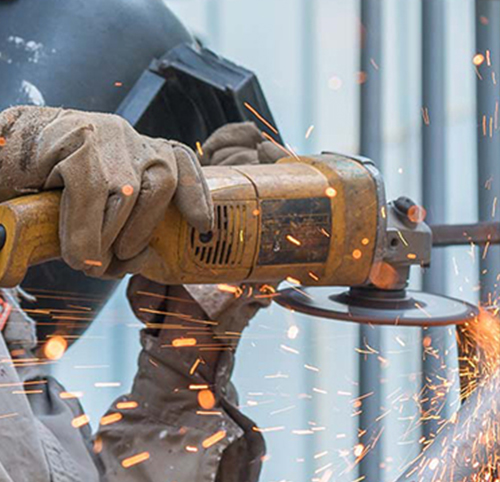PEB Hospitals – The Future Is Here
PEB Hospitals – The Future Is Here
Prefabrication technology is the fastest growing, easily adaptable construction technology that is changing the face of construction worldwide. The need to implement the said technology in the healthcare sector came into light with the devastating pandemic that consumed thousands of lives. The demand for prefabricated healthcare units rose dramatically post Covid. In order to meet the growing need of testing labs, isolation wards, and hospital units, pre-engineered structures were designed and built from scratch within weeks ensuring high safety standards.
As compared to conventional buildings, prefabricated modular hospitals take upto 40% less time, is cost-effective and is not delayed by factors like changing weather, labour shortage, etc since the entire execution takes place off site, in a factory. India’s first prefabricated hospital is said to have been a 81,000 sq ft Covid ward spread over 5.5 acres of land in Kasaragod. The hospital, which was built within 5 months, is believed to be a gift by Ratan Tata, chairman of Tata Group to the Chief Minister of Thekkil village, Pinarayi Vijayan in early September 2020. Following the footsteps of China, who constructed a Covid special 1000 bed healthcare unit in 10 days, BMC executed the designing and construction of a three-storey Covid ward in the premises of Kasturba hospital within 90 days using pre-engineered building technology in mid March 2020.
So, what resulted in the boon of pre-engineered technology in the healthcare sector?
The entire credit of expanding into yet another application of PEBs goes to the pandemic. The rush, the emergency and the zeal to come up with quick solutions drew people’s attention towards the prefabricated system. These structures are highly durable, earthquake resistant and can be constructed within a very short span of time. Furthermore, these structures can have advanced features like temperature control, proper ventilation, and more.
Here we have listed a few benefits of a pre-engineered hopital system:
1) Speedy construction: Prefabricated hospitals take 40% less time than a traditional hospital building, resulting in massive savings in terms of time, human efforts and cost.
2) Lesser waste: Since the entire construction process takes place in a factory, materials used can be recycled and resized resulting in efficient use of resources.
3) Custom-made: These custom made prefabricated structures can be constructed as per your need and specifications efficiently. You can have a variety of zones and facilities as per your requirement. Do you need a pharmacy closer to the reception? Doable!
4) High durability: Prefabricated hospitals come with better corrosion resistance with factory-finish. They can withstand earthquakes and have higher seismic resistance. Timely maintenance can enhance their durability and reduce repairing costs by half.
If you’re thinking that a prefabricated hospital facility will have nothing more than a room of beds then you’re highly mistaken. It has all the equipment, facilities and resources that any other conventional hospital does like laboratories, operation theater, Isolation, pharmacy and OPD’s. Further, PEB hospitals come handy during epidemics and pandemics where quick assistance is required to cater a large number of patients.
Features of a pre-engineered hopital building:
–Proper ventilation
–Preventative care
–Mobile HealthCare Clinics
–Optimum space utilization
–Ability to withstand fire accidents

